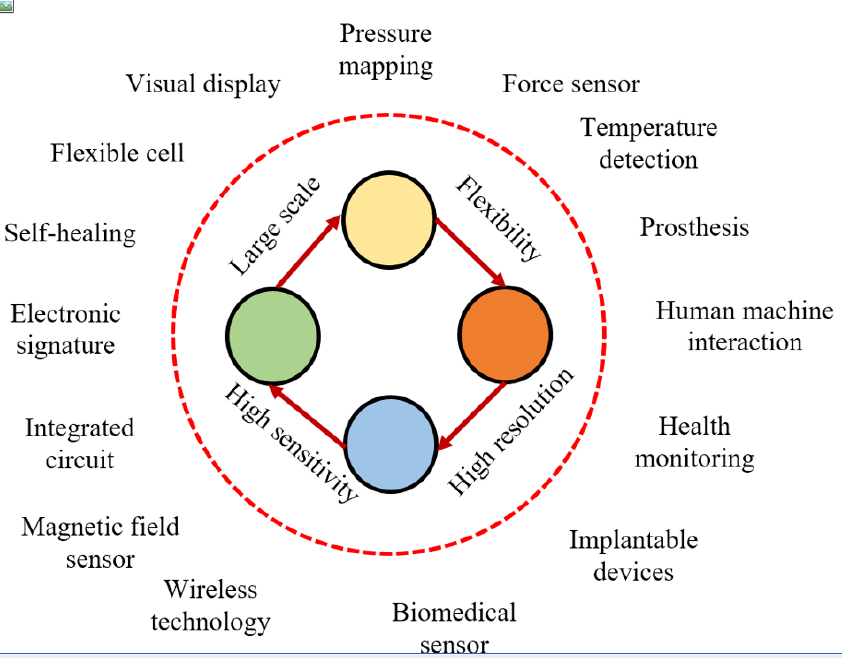
Design and analysis of a new tactile device featuring Magneto-Rheological fluid in control force of robotic surgery
- Vietnamese-German University, Le Lai st, Hoa Phu ward, Thu Dau Mot city, Binh Duong
Abstract
In this paper, a new artificial skin tissue device which can emulate the stiffness of several organs of human is proposed and analyzed utilizing magneto-rheological (MR) fluid (MR skin). The proposed skin could be applied for the robot-assisted surgery manipulated by haptic devices as a controllable tactile sensor. The method in this paper is design of multi- embedded valve networks inside the structure of the master actuator. These valves use the flow mode and shear mode of MR for pressure control. Deformation equation of the MR skin is derived and the external force contacting the MR skin is also analyzed. After formulation, the proposed tactile display is optimized by using the finite element method software (ANSYS ADPL). It is shown via the optimization that the results can satisfy the initial requirements of the design. From the simulation results, the adjacent coils with similar setup show outstanding results compared with adjacent coils with discordant setup. This directly indicates that the proposed MR skin structure is feasible in the manufacturing and is applicable to haptic devices, especially those used for robotic surgery.

